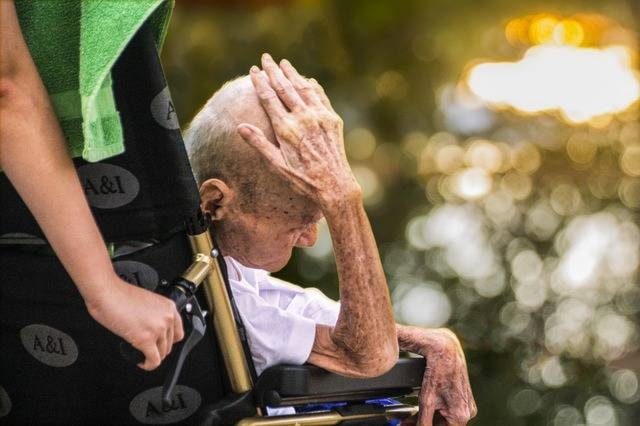Dear Editor,
I read with interest the article in the Stettler Independent of June 28 ‘Stettler County advocates on behalf of local hospice’.
I would first commend the Hospice Society for looking at alternatives for people who, for whatever reason, can not be looked after at home at the time of their death. As Dr. Drummond states, dying at home is not always easy, although studies have shown that the majority of Canadians, given a choice, would rather die at home. There are a lot of practical reasons why this may not be possible, even with the best of intentions and help from family, Home Care and the Central Zone Palliative Care Team.
As is stated, a free-standing hospice is very expensive, both to build and to maintain and to look at alternatives such as are suggested in this article is a very good idea. This model has been used in at least one other community in the Central Zone.
I am concerned, however, by what appears to be some confusion around the terms hospice and palliative care. Hospice is from the Latin word meaning hospitality. Dr. Balfour Mount, from Montreal, who established one of the first ‘Palliative Care Units in Canada was the first to suggest the term ‘Palliative Care’, as one of the French translations for ‘hospice’ can be “old folks’ home”. The definition of palliate from the Oxford dictionary is to “make (a disease or its symptoms) less severe or unpleasant without removing the cause.”
In the mid-1980’s the terms were combined and this whole area of care is now known as Hospice Palliative Care.
Hospice Palliative Care is not defined by the place in which it is provided, and is not limited to a certain time in the course of a disease. It has a role as soon as a life-limiting illness of any sort, not just cancer, is diagnosed. At the end of life, often the palliative symptom control becomes more important, and sometimes more of a challenge. The symptoms may be physical, social or spiritual and need to be dealt with by professionals trained in those areas, including volunteers. Sometimes what is needed to control symptoms can only be done in a hospital setting. Wherever someone is being looked after, whether at home, hospital, long-term care or a designated ‘Hospice’ setting, their need for palliative symptom control does not end. Hospice palliative care is not just care of the patient but is also the care of the family unit and so does not end with the death of the patient, but includes the bereavement care of the family.
We are very fortunate in the Central Zone to have a very active Palliative Care Team, which includes physicians, nurses and pharmacists. The team works closely with local experts such as the family physician, home care (with their teams), local pharmacies, spiritual care providers and volunteers. As this team is well acquainted with various models of delivering hospice palliative care, they will be able to provide invaluable help and support in the Stettler Hospice Society’s endeavours.
Michael Thain, BSc., MD, MCFP(PC)
Former Medical Director, Palliative Care, Central Zone, AHS (retired)
Red Deer
